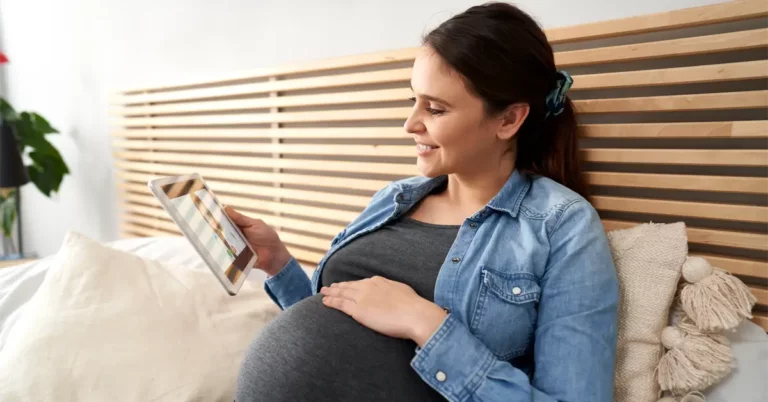Every day, a patient suffers from heart failure. This leads the patient to being unable to continue living under normal circumstances, which circumstances he enjoyed prior to his serious medical condition. Worse, with the eruption of Covid-19, the patient would not be able to get the medical treatment he deserves, eventually leading to his quietus. Preventing this state of affair from ever happening is why Remote Patient Monitoring has re-emerged in this unprecedented time.
Healthcare Reform
The disruptive emergence of Remote Patient Monitoring caused by the pandemic, though this RPM has already been in the shadows for many years, paved the way to sensitivity and placed a greater concern to cost, quality, and access to healthcare.
This Iron-Triangle, i.e., cost, quality, and care,[1] has been the subject of willful avoidance of trade-off discussions among stakeholders, which has rendered much of the discussion of health care reform nonsensical. Fret not, the CMS released its final rule on the new reimbursement codes for RPM this year, which could be said to have been the greatest product of health care reform for many years.
Conversely, while health care reform has been making progress through the years, none of it has really made a significant contribution to alleviating the pain points in health care due to high cost, low quality, and poor access to health care. This however is starting to change… but this time, for the better.
Remote Patient Monitoring (RPM)
So, what is Remote Patient Monitoring? There are plenty of definitions out there but simply involves the collection and analysis of patient physiologic data that are used to develop and manage a treatment plan related to a chronic and/or acute health illness or condition.
With the definition alone, one can accurately surmise that RPM involves the collection of patient-data wherever the patient is and whenever needed. This comes along with the monitoring by the Provider, not necessarily while within the presence of the patient, but digitally in the sense that the Provider may still collect and analyze the patient’s data wherever the provider may be and whenever necessary. Bearing that in mind, timely and proper medical intervention will be achieved with this type of treatment model.
With CMS’s final rule[2], Healthcare Providers may now bill RPM through the five primary Medicare RPM CPT codes, namely 99091, 99453, 99454, 99457, and 99458.
Covid-19 and beyond
Healthcare has become the pinnacle of concern for all people when the pandemic struck the world. With this, stakeholders have placed greater concerns and sensitivity to improving health care not only at this time but for the many generations to come when the Pandemic would have already ceased.
Infections are amiss, thus prevents patients from getting treatment in a healthcare facility and providers treating patients without due regard to the type of disease the patient has contracted. With RPM, patients have their doctors monitor them even at the comfort of their homes, thus preventing cross-infection and lead them to a healthier life. The new-normal will stay and so will RPM.
Healthcare Spending
In a country where healthcare expenditures account for nearly 18% of Gross Domestic Product (GDP), RPM will contribute greatly to making spending less, which helps people manage chronic diseases and costly hospitalizations and medical emergencies.
RPM has the promise to significantly reduce overall cost spent on healthcare due how patients will be able to make choices on how they can control their health. RPM makes readmissions less, in tangible numerical values, to such an extent that patients wouldn’t have to spend so much.
Efficiencies and greater patient satisfaction
It’s not new that Healthcare Providers have their hands full with patients contracting Covid day-by-day. With RPM, Providers will not only spend less time on prevention-based patient services, but also on chronic disease management.
Quality and patient engagement measures increase when the focus is on the prevention rather than on the treatment of the patient’s chronic disease.
Moreover, providers are not placed at the financial risk that comes with capitated payment systems because the spending is less compared to having the patient undergo hospitalization or surgeries. This is especially true for For-providers who can generate higher value per episode RPM.
Time Consumption and Costs for Patients
Managing a chronic disease or condition like cancer, diabetes, high blood pressure, COPD, or obesity can be costly and time-consuming for patients.
RPM models focus on helping patients prevent illnesses and injuries more quickly and avoid hospitalization in the first place. As a result, patients face fewer doctor’s visits, medical tests, and procedures, and they spend less money on prescription medication as both near-term and long-term health improve.
Claims and Reduced Risk
A larger patient population creates reduced risk when the latter is spread throughout. With RPM, more and more healthy populations will emerge. This translates to fewer claims, which eventually turns into less drain on payers’ premium pools and investments.
A revolutionary care-model
New healthcare delivery models, e.g., among others, Remote Patient Monitoring, stress a team-oriented approach to patient care and sharing of patient data.
This is to create coordinated patient data, which in effect, outcomes can be measured easily. The proliferation of RPM is changing the way physicians and hospitals provide care, ie., rather than focusing on the actual treatment of a serious episode of a disease, Physicians are now leveraging on Prevention – Delivered prior to the onset of a disease/illness, these interventions are intended to prevent or reduce the risk of developing a serious health problem, such as heart stroke.
The future of RPM
As the healthcare landscape continues to shift and evolve, providers increase their adoption of RPM based models. They will not get any short-term financial hits due to countless medical benefits that RPM will bring.
This will further create a decline in their longer-term costs. Hence, embracing RPM as the best method for lowering costs both for providers and patients is not a vain proposition, rather it is tangible, real, and evidence-based; all these while increasing quality care and helping lead healthier lives.
Takeaway
With the introduction of the new RPM CPT codes for 2021, there is evidence-based additional revenue and less cost both providers and patients. All these because of the credible preventive-treatment RPM brings to industry.
While it is true that reduced readmissions and patient satisfaction are the key components to introducing RPM in the healthcare sector, it cannot be denied that RPM will shift the economy to reasonable and measurable return on investment.
References:
- Lehman, E.P. (2015, February). The health care ‘iron triangle’ and the Patient Protection and Affordable Care Act. https://www.ccjm.org/content/ccjom/82/2/73.full.pdf
- 2021 Medicare Remote Patient Monitoring faqs: CMS Issues Final Rule: Foley & Lardner LLP. Blogs | Health Care Law Today | Foley & Lardner LLP. (n.d.). https://www.foley.com/en/insights/publications/2020/12/2021-remote-patient-monitoring-cms-final-rule








